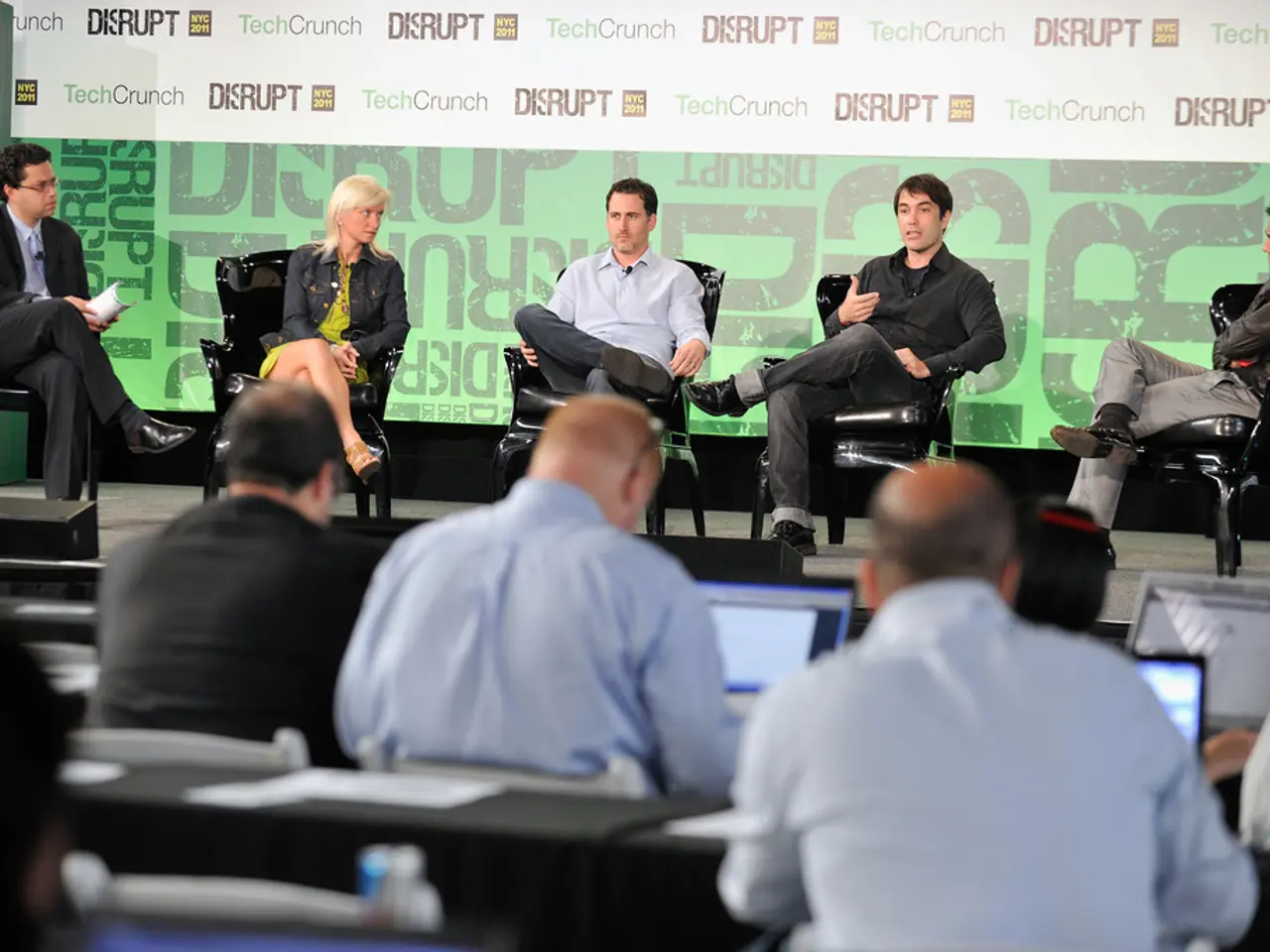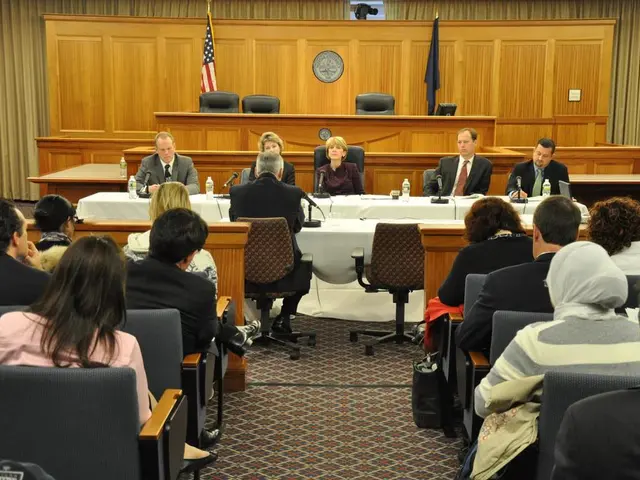Audience of "Productivity Theater" Encompasses Individuals
In the modern digital age, the shift towards remote work has become increasingly prevalent. However, with this shift comes the challenge of maintaining productivity and fostering an engaging remote employee experience. Leaders must take responsibility for building a culture that promotes genuine productivity, rather than falling into the trap of productivity theater.
Productivity theater is a phenomenon where remote employees appear busy without delivering meaningful results. To avoid this, experts suggest focusing on trust, clear outcomes, and meaningful work. Here are some key strategies:
1. Prioritise trust and autonomy: Hire capable people and give them the freedom to manage their own time and tasks without micromanagement. This fosters ownership, motivation, and innovation.
2. Focus on outcomes, not just activity: Shift focus from keystrokes, hours online, or task counts to the actual quality and impact of work delivered. This avoids the trap of productivity theater, where teams appear busy but produce broken or incomplete results.
3. Redesign meetings for depth, not surveillance: Use virtual meetings to foster real collaboration and problem-solving, not just to monitor attendance or superficial activity. Meaningful meeting design is vital to avoid the performance theater effect.
4. Encourage open communication and feedback: Regularly share updates, raise issues early, and create space for team members to suggest improvements or voice concerns. This engagement supports real progress rather than surface-level appearances.
5. Recognise and celebrate genuine achievements: Publicly acknowledge results and milestones to motivate the team and reinforce what true productivity looks like.
6. Use virtual team-building that fosters connection: Engage remote employees with activities that build trust and relationships beyond work tasks, helping reduce the alienation that can lead to performative work.
A recent review of workforce data found that roughly 13% of American remote workers are only working and productive for 3 to 4 hours per day. While this may seem concerning, it underscores the need for managers to communicate with their teams, ensure they have what they need to succeed, and focus on meeting company and project goals, rather than productivity metrics unrelated to company success.
It's important to note that productivity theater can still occur even when managers are physically present. Managers placing too much emphasis on productivity vanity metrics or unrealistic goals can force team members to respond with productivity theater. Negative headlines about productivity in remote work should not be the basis for decisions, as they can elicit knee-jer reactions.
When a team experiences a productivity slump, it's crucial to go and ask for feedback, solve pain points, and help employees avoid burnout. Information about work activity or task time can be used to start a conversation about improving the work environment.
In essence, managers must build a culture of trust, set clear and meaningful goals, measure real impact, and foster genuine collaboration to move beyond productivity theater and achieve authentic productivity with remote teams. This approach combats the common pitfalls of hybrid/remote work and drives sustainable performance.
- To combat productivity theater in remote work, managers can prioritize trust and autonomy, enabling employees to manage their time and tasks effectively, fostering ownership, motivation, and innovation.
- Obfuscation in productivity can be avoided by focusing on outcomes instead of mere activity, ensuring quality and impact of work delivered, rather than basing productivity on keystrokes, hours online, or task counts.
- Redesigning meetings for depth, not surveillance, is essential to foster collaboration and problem-solving, avoiding the performance theater effect that can occur when meetings are used only to monitor attendance or superficial activity.
- Encouraging open communication and feedback among team members is vital in both remote and physical work environments, as it supports progress and engagement over superficial appearances.
- Additionally, acknowledging and celebrating genuine achievements can motivate employees and reinforce what true productivity looks like in a hybrid or remote work setting.
- Lastly, using virtual team-building activities that foster connection can help combat the alienation that can lead to performative work, building trust and relationships beyond work tasks, ultimately leading to a more productive and engaged team.




